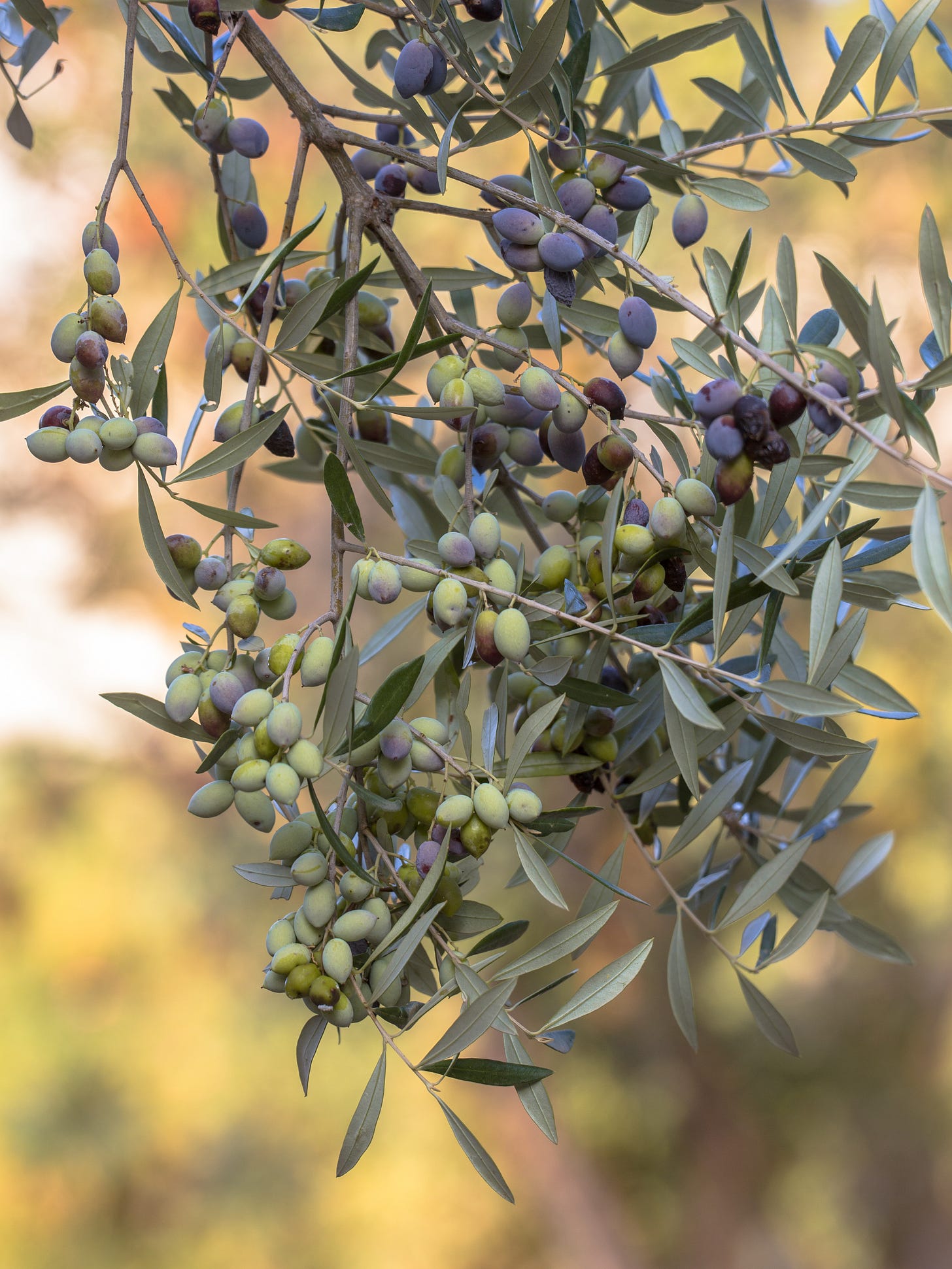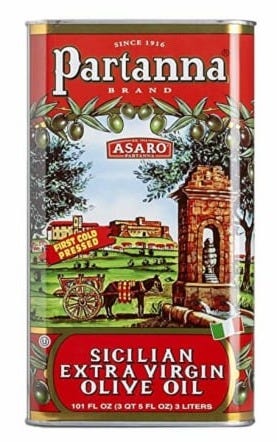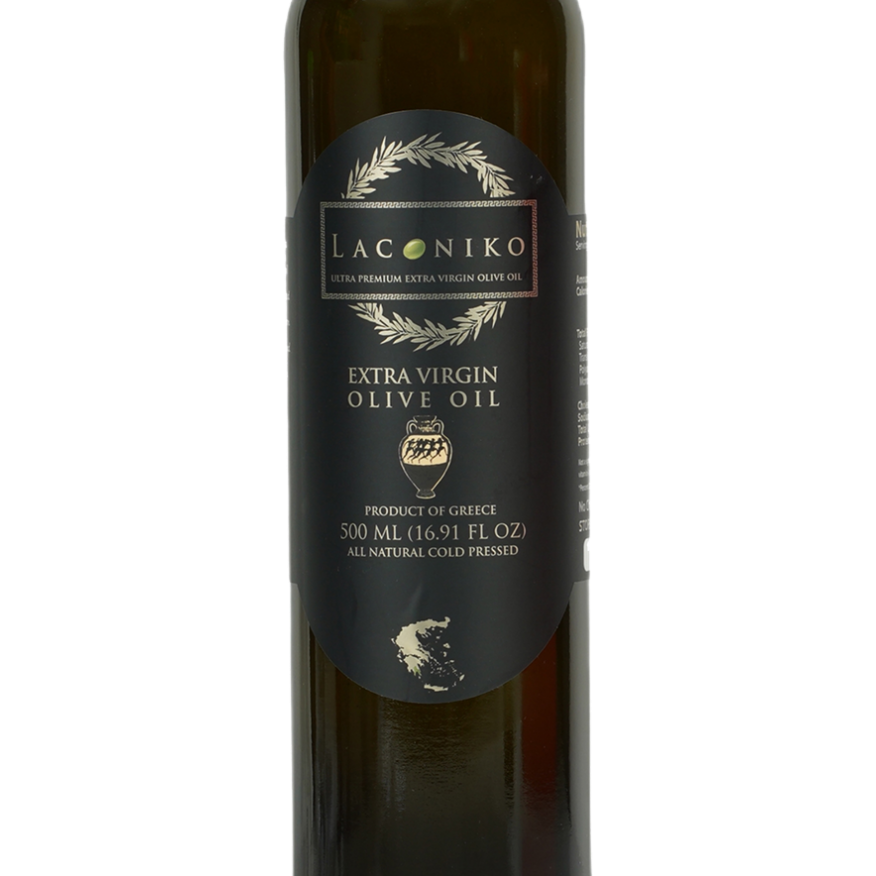The olive tree stands on the ridge of a hill, majestic and gracious, as if responding to unseen whispers from the wind
— Miriam Darlington, British author
Somewhere, right now, someone is harvesting olive oil.
Never mind that the world is conspiring to make olive oil production harder than it’s ever been before. The art of creating olive oil—born of love, tradition, ancient cultivars and geography—is still alive and well, much to our great benefit.
The landscape of ideas
I first became immersed in the lore and lure of olive oil when I spent 10 weeks in Sicily in 2017 at Cook the Farm (you can read more about that here).
In a land always a stone’s throw from its most primal roots, Sicily is a living history lesson in an ancient agrarian lifestyle and the landscape of ideas. And just as wine is rooted in geography and culture, so too does olive oil reflect back the subtleties of time and place.
Sicily alone boasts hundreds of cultivars, from Nocellara Etna, a medium, smooth oil, to Tonla Iblea, which bursts with green tomato notes and balanced spice. These oils, unique to their terroir, underscore the diversity of olive-growing regions and the importance of preserving traditional practices. And while we may never experience every one of these beautiful varietals, it is almost certain that olive oil has an integral place in our cooking and our hearts.
So where and when exactly did olive oil become an essential part of cultures the world over?
All roads lead to Rome
Olive oil’s origins are steeped in mystery—no one truly knows how or why the olive was first transformed into oil nearly 6000 years ago.
What we do know is that early civilizations like the Minoans, Phoenicians and Egyptians used simple stone presses to extract oil for food, medicine, and rituals. But it was those oh-so-smart Romans that revolutionized olive oil production, transforming it into a sophisticated, large-scale industry. They introduced innovations in cultivation, harvesting, and pressing techniques, including the trapetum—a stone mill—and advanced screw presses allowing for more efficient oil extraction. All this ensured higher yields and consistent quality.
Romans also established widespread olive groves, in Spain and North Africa, making olive oil a cornerstone of their economy. They standardized production and trade, storing and transporting oil in amphorae with distinctive markings indicating origin and quality. These developments turned olive oil into a staple of Roman life—for cooking, lighting, medicine, and cosmetics—while laying the groundwork for its enduring importance in Mediterranean culture.
Fall from grace
As often happens with the fall of an empire, great innovations can get lost in the mists of time.
And so it was with olive oil.
After Rome’s fall, olive oil nearly slipped into obscurity—except in the Mediterranean, where it remained essential for rituals, lighting, and cooking, especially under Byzantine and Islamic rule. Monasteries kept the tradition alive, and by the Renaissance, olive oil made a flavourful comeback, reclaiming its status as a culinary treasure and a prized export in Europe.
Pressing forward through challenges
Olive oil is much more than the extraction of an elixir from the fruit. As the Italian producer Marco Viola says, "Making great oil requires hard work, determination and a sharp number sense but also a dose of poetry."
Yet the industry faces challenges. Many olive trees are centuries old, making them difficult and expensive to harvest. Ancient olive trees, once symbols of heritage and robust production, are increasingly struggling due to climate change, disease, and economic pressures. This has led to a crucial question: how far can we go in modernizing olive oil production without losing the heritage of the trees and the land? Simplifying landscapes, as seen in Spain, commoditizes diversity—a cautionary tale for all olive producers.
Farmers face tough choices: preserve these historic trees at great cost or replace them with newer, more resilient varieties. While efforts to save them continue, economic realities often lead to their removal, threatening both cultural heritage and the landscapes they’ve shaped for centuries. Balancing tradition and sustainability remains a pressing challenge for the olive oil industry.
The Mediterranean soul of olive oil
Olive oil embodies the spirit of the Mediterranean, and with it, the world, carrying deep cultural and historical significance. It is not merely a product but a testament to a way of life, valued for its enduring legacy and connection to the land. As the saying goes, "You plant grapes for yourself, but olives for future generations." With origins rooted in antiquity and relevance that continues to evolve, olive oil tells a story of heritage and culinary artistry, bridging the past and the present.
Whether you’re drizzling it on a plate of pasta, savouring its complexity during a tasting, or simply appreciating its journey from tree to table, olive oil is a delicious bit of history worth celebrating.
If you enjoy this weekly newsletter, please click on the❤️ icon to like this post. This one gesture really helps to spread the word, and I appreciate it.
Three olive oils for you to try now
Tasting olive oil is an art form, one that reveals its depth and character. Much like wine, olive oil engages the senses of taste and smell. A good olive oil isn’t just about fruitiness—it’s about the interplay of amaro (bitterness), piquancy (spice), and balance. Sip the oil, let it coat your tongue, and notice how long the piquancy lingers—that’s the mark of a truly great oil.
Here are three great olive oils worth the hype—and the money. Come back next week for some ideas on how to use Italian, Greek and Spanish olive oils in your cooking repertoire to their greatest effect.
Italy: Partanna Sicilian Organic Extra Virgin Olive Oil
Partanna Sicilian Organic Extra Virgin Olive Oil
Olive Variety: Nocellara del Belice
Flavour Profile
This oil is robust and full-bodied, with a balance of grassy, green notes and a mild bitterness that complements its buttery texture. The aromas of artichoke and green almond provide a savory depth, while its peppery finish adds a lively kick at the end. This complexity makes it versatile: perfect for drizzling over fresh bread, salads, or grilled vegetables, yet bold enough to pair with pasta dishes and meats. And if you’re a fan of The Bear, Partanna’s been known to make an appearance there too. If it’s good enough for Carmie…
Available in Canada here
Greece: 7Thirty High Phenolic Ultra Premium Organic Greek Extra Virgin Olive Oil
7Thirty High Phenolic Ultra Premium Organic Greek Extra Virgin Olive Oil
Olive Variety: Koroneiki
Flavour Profile
This ultra-premium organic extra virgin olive oil is distinguished by its exceptionally high polyphenol content. The high polyphenol levels contribute to a robust, peppery flavor with a pleasant bitterness, indicative of the presence of oleocanthal and oleacein—compounds known for their anti-inflammatory and antioxidant properties. The oil's strong, peppery notes are complemented by subtle hints of green fruit and fresh herbs, offering a complex and well-balanced taste experience. Its rich flavor profile makes it ideal for drizzling over salads, dipping with artisan bread, or enhancing the taste of grilled vegetables and meats.
Available in Canada here
Spain: Rincón de la Subbética Extra Virgin Olive Oil
Rincón de la Subbética Extra Virgin Olive Oil
Olive Variety: Hojiblanca
Flavour Profile:
This organic extra virgin olive oil is renowned for its complex and harmonious flavor profile. It exhibits an intense green fruitiness with multiple nuances, including notes of fresh cut grass, unripe stone fruit, thyme, and savory herbs. The taste reveals flavors of artichoke and green almond, complemented by a mild bitterness and a warm, peppery finish. The oil is persistent and of exceptional quality, making it ideal for drizzling over grilled bread, fish, salads, and gourmet dishes.
Available in Canada here









Looking forward the recipes next week. Early this year I was in Sicily but I didn’t know which olive oil to look for. I’ll try to find it here (in Budapest) till next week.